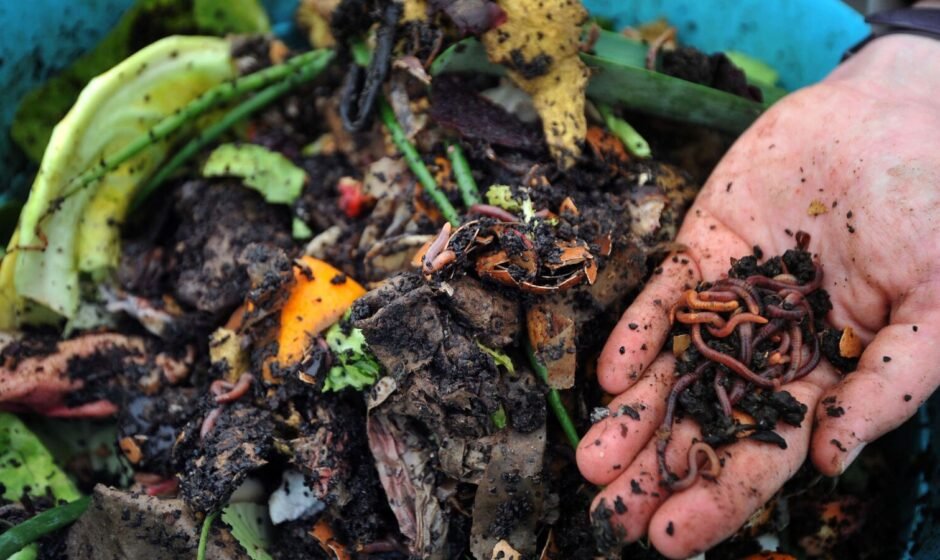Scientists at Stanford University have issued a warning about the growing population of non-native earthworm species in the United States. According to a report by DailyMail, the researchers have identified as many as 70 different types of earthworms from Asia, Europe, and South America that could have significant ecological consequences.
The identified earthworms make up 23 percent of the 308 species in North America and consume more aboveground leaf litter compared to native earthworms. This excessive consumption could lead to the destruction of plants and have a ripple effect by starving insects and amphibians, the scientists cautioned.
To understand the origin and spread of this invasion, researchers combined records of intercepted alien earthworms at the US border from 1945 to 1975 with machine learning techniques. The resulting dataset, which used information from 2000 to 2021, revealed that these invasive species currently reside in 97 percent of the soil across North America.
One specific invasive species, known as the jumping worm or Amynthas spp., has already caused damage in Washington, DC by draining essential nutrients from the soil and killing plants and trees. While alien earthworms are more widespread in Canada, the US and Mexico are facing an increasing threat due to human activities that facilitate the development of these invasive species.
Initially, the introduction of these earthworms was overlooked due to their positive impact on crops and gardens. They create tunnels that contain air, water, and nutrients essential for crop growth, and their waste acts as a valuable fertilizer.
The primary mode of distribution for alien earthworms is through human activities such as trading them as fish bait or for vermicomposting. Canada exports over 500 million alien earthworms annually to various countries, including the US, contributing to the spread of these invasive species.
The study also highlights concerns about the dietary habits of alien earthworms, as they primarily feed on litter, leading to increased litter decomposition. This alteration in ecosystems, particularly in broadleaf forests in the US and Canada, is causing stress to trees and impacting biodiversity.
Researchers emphasize the need for policymakers to reevaluate laws surrounding the distribution of alien earthworms. They suggest promoting the use of native worms for composting and fish bait to mitigate the impact on ecosystems. However, more research is required to fully understand the extent of the effects of alien earthworms on the environment.
Jérôme Mathieu, the lead author of the study and an associate professor of ecology at the Sorbonne, warns that the current situation is likely just the beginning. He urges further research to examine the impact on other soil organisms and the broader ecosystem. John Warren Reynolds of the Oligochaetology Laboratory and the New Brunswick Museum in Canada, who co-wrote the paper, adds that many other soil organisms may have been introduced, but their impacts remain largely unknown.
The article concludes by providing links to other relevant news articles and offering readers the option to download the Mint News App for daily market updates.




